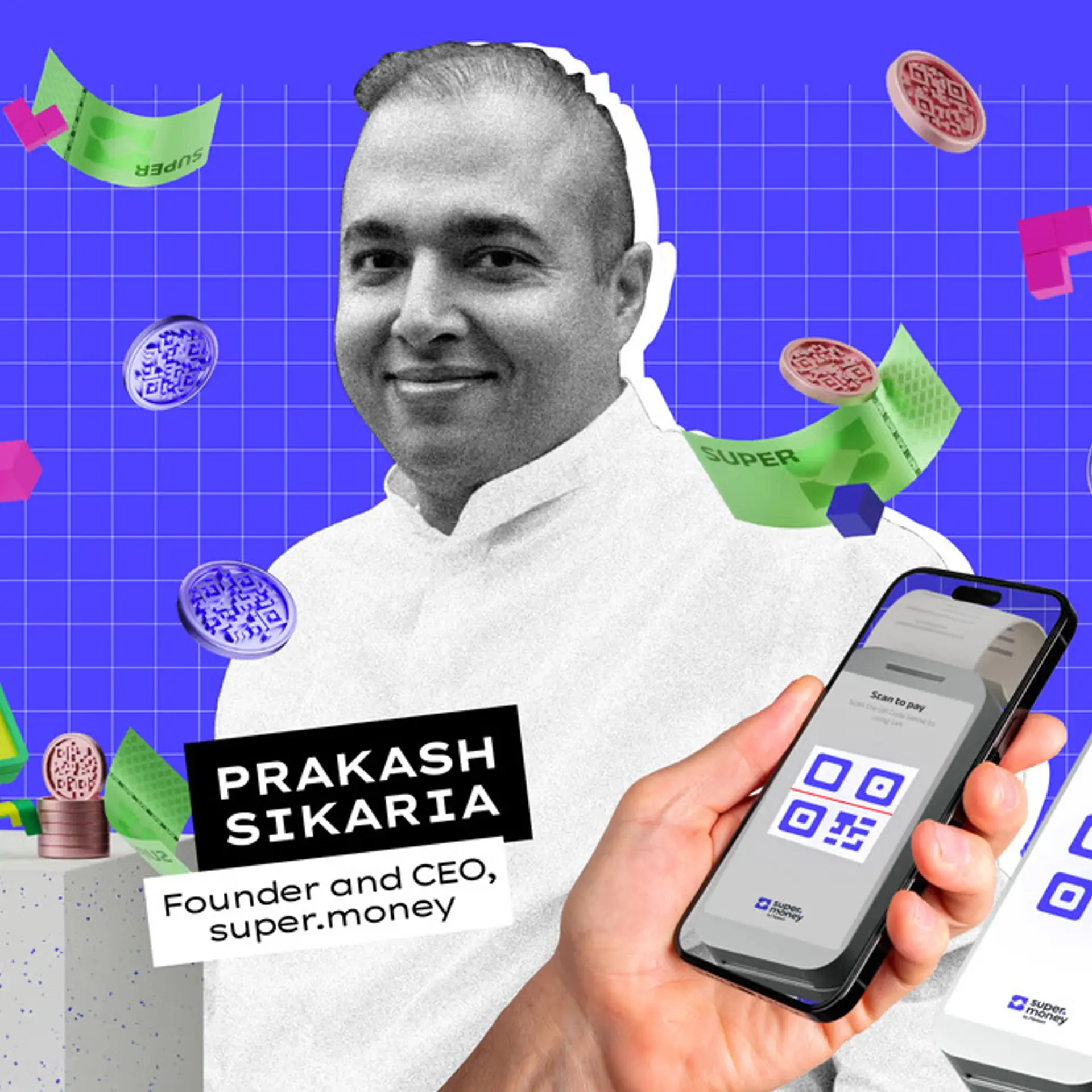Startups make a beeline for traditional media
A greater number of startups are going old school and relying on the power of advertising to reach the masses via the good ol’ TV set
While traditional companies are going digital and become more social media-savvy to capture newer and younger consumers, India’s startups are taking a totally different route. Probably realising that they already have enough visibility online, they are now actively wooing TV audiences in a bid to capture new ground.
The first memorable instance of startups advertising on TV in India was probably Flipkart’s kids-as-adults back in 2011. The poster boy of India’s startup ecosystem was the first to get in front of its potential customers on their preferred medium – television. The series possessed that rare combination of humour and simplicity that doesn’t just have amazing recall but also does its job. In this case, its job was to building trust in shopping online. No wonder Flipkart revived the series a few years later, confident that it would do its job this time around too.

Advertisements with kids-as-adults are very popular
Soon, other startups began leveraging television as a medium to educate the consumer; few were as effective as the simple jingle that told us to, Paytm karo. Shah Rukh Khan did the same for online grocer BigBasket. Foodtech player Zomato did the same – it was all about instilling confidence and trust in the category. Within a year, there was enough competition within verticals to justify spends to promote the brand itself. Snapdeal first roped in Aamir Khan and later celebrity music directors Shankar Ehsan Loy for its Unbox Zindagi campaign. And now, it would seem that startups are taking over TV ad slots in bulk.
Traditionally, TV advertising has been expensive and was previously considered to be the playground of old-economy players—FMCGs, consumer durables and food products. They were the ones who had huge advertising spends on the three traditional streams of TV, newspaper and magazines, along with outdoor hoardings. Startups even began sponsoring sports, which had been the preserve of corporate giants like Pepsi, Coke and big spenders like the now-defunct Sahara Group.
Not anymore. Startups, who already have high visibility in new media, have hopped on with a vengeance. Lured by TV’s diverse audiences, startups are spending big bucks on visibility to reach out to the last mile of all customers.
Why TV ads make sense for startups
One source in advertising told YourStory, “At first, no startup founder is a believer in such advertising…once they get funding, there is an urgent need for all kinds of publicity. Often, most start out with social media, but soon, that that’s not enough and they have to turn to traditional advertising.”
Startup founders, he adds, typically, have good money to spend and are not shy to do so, but most are not clear about what their brand stands for, or the brand identity. In such a case, simply going in for a high-profile TV ad campaign to capture audience mind share seems to do the trick.
Srivats TS, Head of Marketing at Swiggy, says that television as a medium allows a brand to bring out its benefits in an engaging and relatable manner. Since TV in India still has a massive audience and is a great medium to build a brand, (above the line) advertising makes sense.
“A startup typically starts advertising with a big splash, and television is fast becoming the preferred medium as it has the fastest reach to a large target group,” said a TV industry source on condition of anonymity. “A company can do high-decibel advertising to raise awareness, funds and even to drive up its valuation. Once that objective is achieved, they tend to go slow on advertising,” he adds, citing examples such as Flipkart’s Big Billion Day sales and similar promotions by Amazon.

Ads that are humorous and simple always make an impact
From roping in celebrities, to making advertisements, to buying ad spots to air them, there is serious money involved. Sources peg the annual media spending by top advertisers Flipkart and BYJU’s at Rs 300 crore each. Swiggy is said to be spending Rs 100 crore a year for ad spots while BigBasket’s reported numbers are around Rs 60 crore. Amazon, though not a startup, is believed to have a staggering Rs 1,200 core annual budget.
The cost of being known
Advertising cycles are different for different types of businesses, and startup brands often prefer to run short campaigns where the RoI is likely to be higher. During major televised events like the recent IPL cricket series, for instance, Swiggy was very visible. “We felt we could reach our consumer base at a time when entertainment, cricket and food go hand in hand,” says Srivats.
Srivats says, “We have been investing in outdoor advertising for a couple of years now. We started television in January this year. We chose TV for two reasons: one was from the stage of where the brand is and the growing user base. We wanted to reach a larger audience base. Given the size and scale we are at, it made sense to reach out to a large base of users. The other reason was that we are looking at launching in more cities this year.”
A 10-second ad spot on television could cost anywhere from a few thousand rupees to tens of lakhs, depending on the channel and slot. For IPL this year, Star Sports is reported to have charged advertisers up to Rs 11 lakh for a 10-second spot. These numbers, of course, are not exact as various bulk deals and other partnerships also often come into play.
A prime-time slot on a Hindi general entertainment channel ranges between Rs 1 lakh and Rs 1.5 lakh, but this number goes up to Rs 4-5 lakh when it comes of popular shows like Bigg Boss and Kaun Banega Crorepati.
While not many new-age brands may be spending as much as the FMCG, auto and BFSI heavyweights do, they are getting quite comfortable with spending more than they ever have.
As Srivats points out, “It all depends on what the brand wants to communicate to its user. If a celebrity matches what the brand stands for and wants to say, then it makes sense. There is stickiness with celebrity endorsements. But it all depends on the brand building exercise. At the end of the day, communication should be engaging and relatable.”







